Baader Planetarium AstroSolar Telescope Solar Filters ASTF
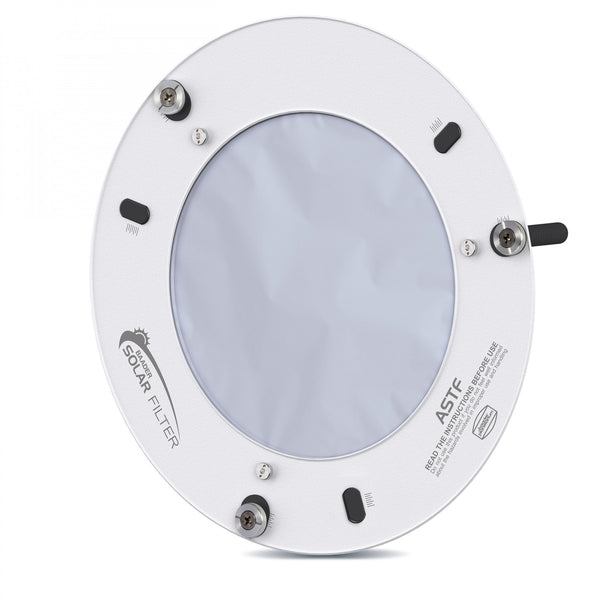
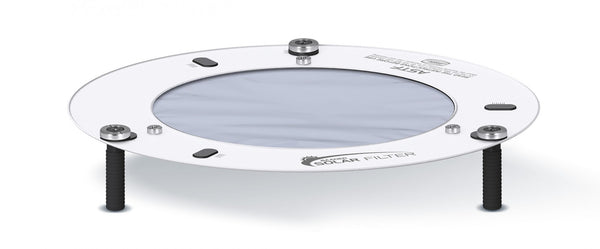
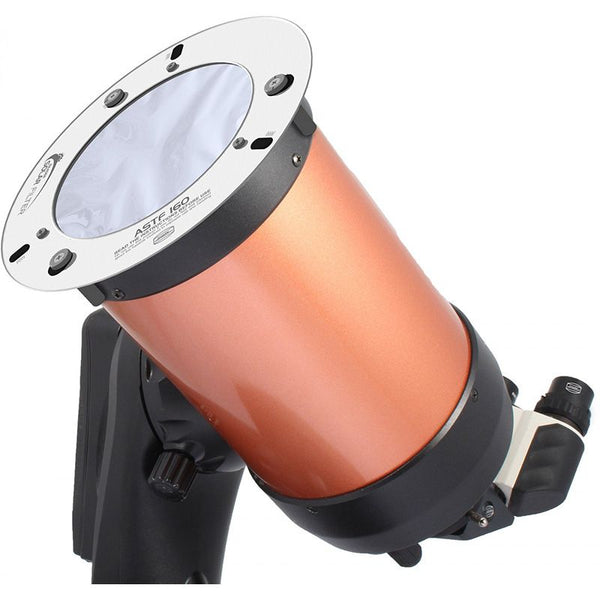
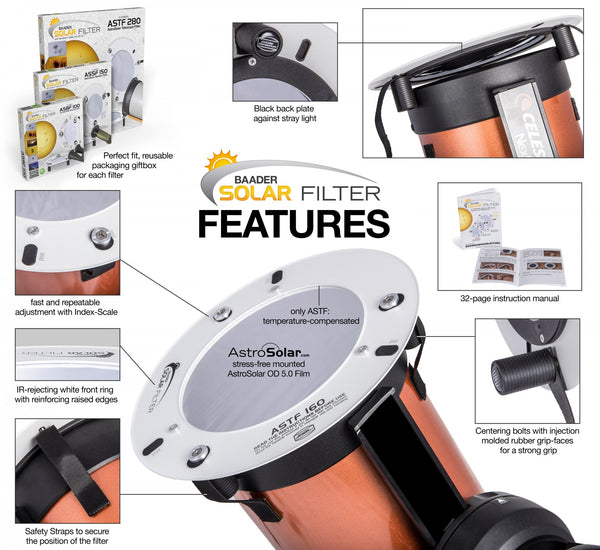




Baader Planetarium AstroSolar Telescope Solar Filters ASTF
Size
Why Purchase from All-Star Telescope?
Free Expert Support
Whether you are a first timer needing help with setting up or an enthusiast that can't quite make that one thing work, our expert staff are ready to support your needs. With decades of knowledge and first hand experience we've been there and we can help you through it!
Stress Free, Secure Transactions
You can trust purchasing and delivery with All-Star Telescope. All of our transactions are 100% secure and Level 1 PCI DSS compliant thanks to Shopify's ShopPay platform. For additional protection, we insure 100% of the value of every shipment we make. If it get's lost during shipment, we replace it. If it gets damaged during shipment, we repalce it. We make sure your product arrives exactly as you would expect it to; we promise.
We also ensure privacy protection. We never keep any of your credit card information on file and any of your personal data is stored accordign to our policies.
30 Day Return Policy
Buy with confidence knowing that we accept returns up to 30 days after purchase. We want you to have something you will actually use and we are confident that we keep good quality products in our store with No Junk.
Price Match Promise
Shipping around for the best price is tough, we make it easier by offering the best pricing in the market. But if you find a better price on an in-store item somewhere else we will match it!
Product Description
Baader Solar Filters provide a professional and secure solution to observe and image the Sun using AstroSolar® Safety Film OD 5.0.
After 15 years of offering AstroSolar film sheets as DIY-product, this system of Baader Solar Filters™ is designed to retain the true optical quality of the diffraction limited AstroSolar Safety Film.
Baader Solar Filters provide a professional and secure solution to observe and image the Sun using AstroSolar® Safety Film OD 5.0. Many ready made filters do stretch the filter material like a drumhead in order to make it look like a piece of glass – this absolutely does destroy the image quality, rendering the film useless for high magnification work. AstroSolar must be mounted entirely stress free in order to perform like a high precision planeoptical window. It sounds like a contradiction with traditional perception of quality, but AstroSolar must show slight ripples! Only when the film is being put under stress by an improper cell mount it performs just like any single side coated glass-filter made of untreated floatglass.
ASTF (AstroSolar Telescope Filter) Baader Solar Filter for high-end Telescopes
This family of solar filters is made in the most elaborate way. AstroSolar must not be put under stress, neither during mounting the film, nor during any temperature change. For this reason the ASTF-Filter features a temperature compensated cell. The film itself is repeatably cemented onto an injection molded ring, whereas the substrate of that ring has the same thermal expansion like the Astro Solar Filter material itself. This free floating film-carrier ring is held onto the aluminum frame with the help of another holding ring made of fiber reinforced plastic – for a maximum of security against breaking of the cell. This temperature compensated cell enables the AstroSolar filter material to retain its excellent optical quality at any temperature – be it -30°C or +50°C.
All Baader Solar Filters feature:
- Original Baader AstroSolar® Safety Film (OD 5.0), cell mounted and quality inspected by skilled members of our staff
- Clear white IR-rejecting front ring with reinforcing raised edges along the outer and inner circumference, designed to protect the solar filter material from contact with any sharp metal edge
- 3 injection molded centering-bolts with threaded brass inserts to center the filter-cell in front of the tube opening. These bolts come in three different diameters, depending on the filter category (ASTF/ASSF/ASBF). Each bolt features injection molded rubber grip-faces, shaped to easily slide onto any telescope tube – but to come off very hard
- No tool mounting and adjustment of the centering bolts to fit a wide variety of mechanical tube diameters. Bolts made to contact the outside or optional (if appropriate) the inside of the optical instrument tube
- Non-rotating sliding fasteners made from aluminum that hold the centering bolts. These metal sliders are equipped with a machined indicator to point towards the adjustment index
- Additional Phillips screws are integrated into the sliding fasteners, so that the centering bolts can be firmly fastened with a screw driver if preferred by the user
- Index scale provided beside each adjustment slot – adjacent to each sliding fastener, for fast and repeatable adjustment of the filter cell onto different telescope tubes
- Black sliding washers supplied to securely cover the full length of the adjustment slots in the aluminum frame – for blocking sunlight from passing trough the filter cell beside the filter area
- Only for ASTF/BDSF-filters: rubber plugs supplied as cover for closing unused adjustment slots in the aluminum frame
- Three security straps included, to secure the position of the filter cell with Velcro-adhesive pads. A safety feature to absolutely ensure a secure fit in front of the telescope under any circumstances (gust of wind asf)
- Warning text printed onto the front side of each filter cell: Read the Instructions before use
- Cardboard gift box fit for safely shipping the filter
Specifications
| Filter Size | 80 mm | 100 mm | 120 mm | 140 mm | 160 mm | 180 mm | 200 mm | 240 mm | 280 mm |
| Manufacturer | Baader Planetarium | Baader Planetarium | Baader Planetarium | Baader Planetarium | Baader Planetarium | Baader Planetarium | Baader Planetarium | ||
| SKU (#) | 2459310 | 2459311 | 2459312 | 2459313 | 2459314 | 2459315 | 2459316 | 2459317 | 2459318 |
| EAN CODE | 4047825032997 | 4047825033000 | 4047825033017 | 4047825033024 | 4047825033031 | 4047825033192 | 4047825033048 | 4047825033055 | 4047825033062 |
| Net Weight (KG) | 0.14 | 0.15 | 0.17 | 0.17 | 0.18 | 0.21 | 0.23 | 0.23 | 0.25 |
| Usage | Visual solar observation and imaging at high magnification | Visual solar observation and imaging at high magnification | Visual solar observation and imaging at high magnification | Visual solar observation and imaging at high magnification | Visual solar observation and imaging at high magnification | Visual solar observation and imaging at high magnification | Visual solar observation and imaging at high magnification | Visual solar observation and imaging at high magnification | Visual solar observation and imaging at high magnification |
| Astrosolar film | AstroSolar Safety Film | AstroSolar Safety Film | AstroSolar Safety Film | AstroSolar Safety Film | AstroSolar Safety Film | AstroSolar Safety Film | AstroSolar Safety Film | AstroSolar Safety Film | AstroSolar Safety Film |
| Optical Density | 5.0 | 5.0 | 5.0 | 5.0 | 5.0 | 5.0 | 5.0 | 5.0 | 5.0 |
| Inner Diameter/Clear Aperture | 80mm | 100mm | 120mm | 140mm | 160mm | 180mm | 200mm | 240mm | 280mm |
| Outer Diameter | 170 | 190 | 210 | 230 | 250 | 270 | 290 | 330 | 370 |
| Filter Mounted? | Yes | Yes | Yes | Yes | Yes | Yes | Yes | Yes | Yes |
| Outer Clamping range (10mm Bolts) | 110 - 140 | 130 - 160 | 150 - 180 | 170 - 200 | 190 - 220 | 210 - 240 | 230 - 260 | 270 - 300 | 310 - 340 |
| Inner Clamping range (10mm bolts) | 130 - 160 | 150 - 180 | 170 - 200 | 190 - 220 | 210 - 240 | 230 - 260 | 250 - 280 | 290 - 320 | 330 - 360 |
| Outer Clamping Range (20mm bolts) | 100 - 130 | 120 - 150 | 140 - 170 | 160 - 190 | 180 - 210 | 200 - 230 | 220 - 250 | 260 - 290 | 300 - 330 |
| Inner Clamping Range (20mm bolts) | 140 - 170 | 160 - 190 | 180 - 210 | 200 - 230 | 220 - 250 | 240 - 270 | 260 - 290 | 300 - 330 | 340 - 370 |
| Solar Wavelength | White light (integral light) | White light (integral light) | White light (integral light) | White light (integral light) | White light (integral light) | White light (integral light) | White light (integral light) | White light (integral light) | White light (integral light) |
Additional Articles, Videos, and Links
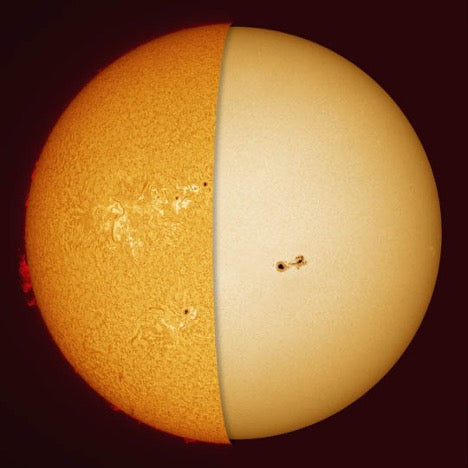
Go Ahead, Look at the Sun (With the Right Equipment)
Solar observation and solar photography are a lot of fun with the right equipment, and this is a great time to start. Every 11 years the Sun’s magnetic field completely flips. That means that the...
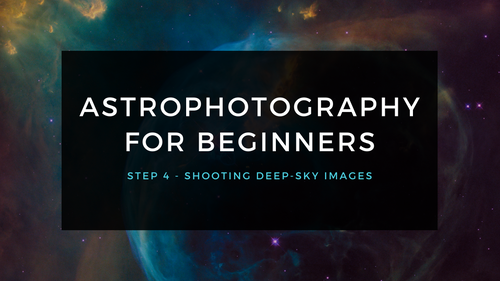
Astrophotography for Beginners Step 4: Shooting Deep-Sky Images
Taking deep sky pictures can be daunting, luckily there is an easy process to follow to allow you to get great shots! Here is the typical process for actually taking deep-sky images in the field.
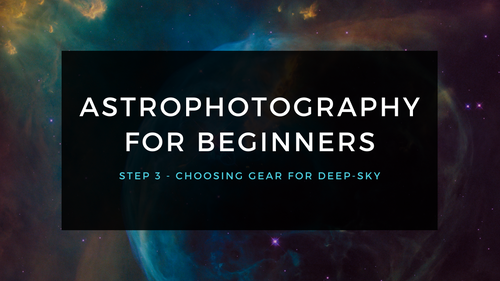
Astrophotography for Beginners Step 3: Choosing Gear for Deep-Sky Imaging
Using a star tracker gains you experience with the fundamentals of deep-sky imaging. Shooting the Moon gains you experience focusing and framing through your telescope. Through your sessions you’ll...
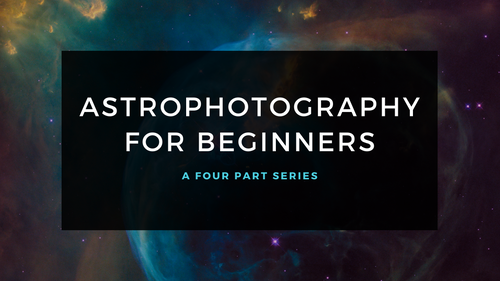
Astrophotography for Beginners - Start Here: Getting into Astrophotography Step by Step
Shooting the night sky has never been more popular, nor easier. The choice of equipment has also never been better, or more affordable. However, as per the advice given by Dickinson and Dyer in the...
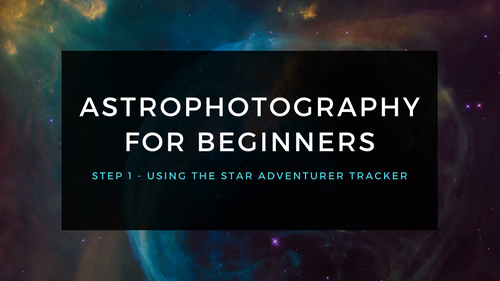
Astrophotography for Beginners Step 1: Using the Star Adventurer Tracker
By far the most economical and easiest way to capture beautiful images of the Milky Way and large deep-sky objects like the Andromeda Galaxy (shown here) is to use a star tracker. Here are steps an...
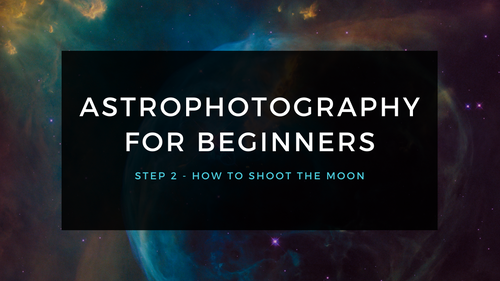
Astrophotography for Beginners Step 2: How to Shoot the Moon
Close-ups of the Moon are rewarding, and an easy way to learn to shoot through your telescope. While good results are possible with a phone camera clamped to an eyepiece (as shown below), this tuto...

